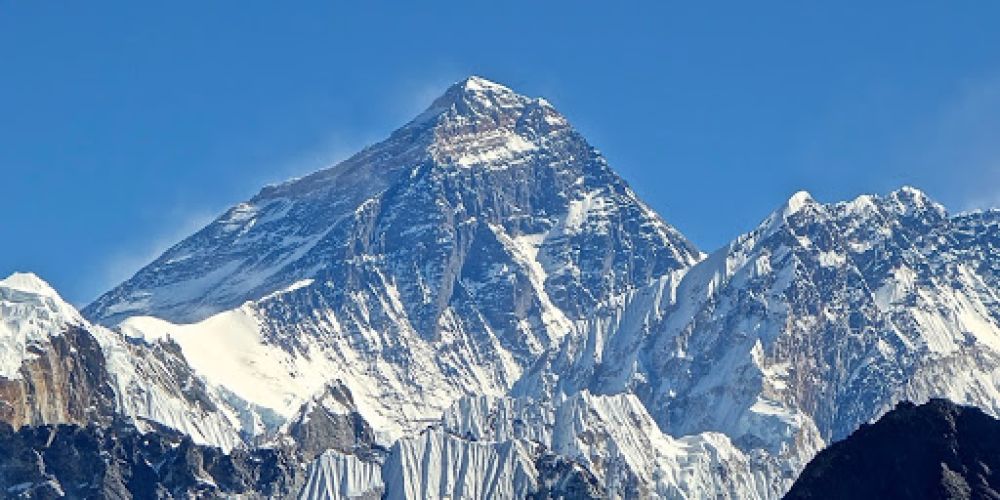

The optimal period to visit Mount Everest within Sagarmatha National Park in Nepal is spring (April to early June). During these months, the weather is generally stable and warmer, offering climbers and trekkers a clearer and safer ascent path. The daylight hours are longer, and the temperatures during the day can be relatively comfortable, making it an excellent time for mountaineering and enjoying the exceptional views of the Himalayas. This is also the time when you can witness the colorful bloom of rhododendrons and other alpine flora that adorn the rugged trails. The spring season culminates with the window for summit attempts before the monsoon sets in, making this a bustling period with a lively atmosphere at the Everest Base Camp.
Another favorable time for visiting is during the post-monsoon period in autumn, from late September to November. With fresh snow often capping the peaks and greater visibility after the rainy season, the views of the magnificent Himalayas during this time are superb. The weather in autumn is stable and dry, offering consistently clear days, albeit with colder temperatures as winter approaches. The trails are less crowded after the peak trekking months of spring, so visitors opting for this season can enjoy a more tranquil experience with the same stunning vistas. Bear in mind that as you move into late November, temperatures can become extremely cold, which might not be suitable for all trekkers.
| Month | Min Temp | Max Temp |
|---|---|---|
| January | -19 °c | -36 °c |
| February | -19 °c | -35 °c |
| March | -18 °c | -32 °c |
| April | -17 °c | -28 °c |
| May | -15 °c | -20 °c |
| June | -12 °c | -16 °c |
| July | -13 °c | -17 °c |
| August | -14 °c | -18 °c |
| September | -15 °c | -22 °c |
| October | -17 °c | -27 °c |
| November | -18 °c | -31 °c |
| December | -19 °c | -34 °c |